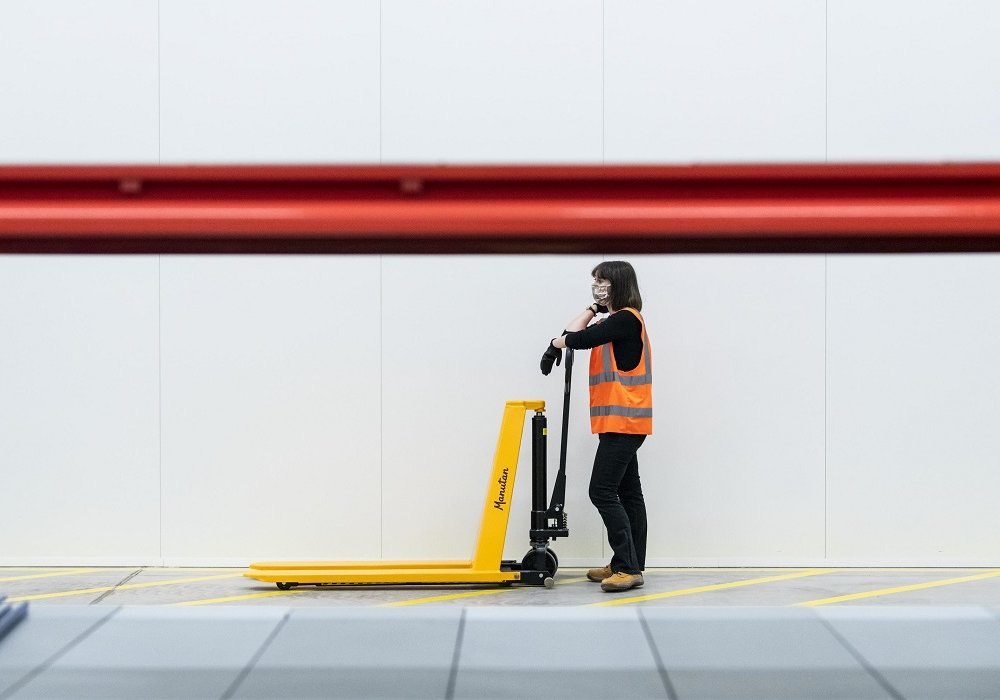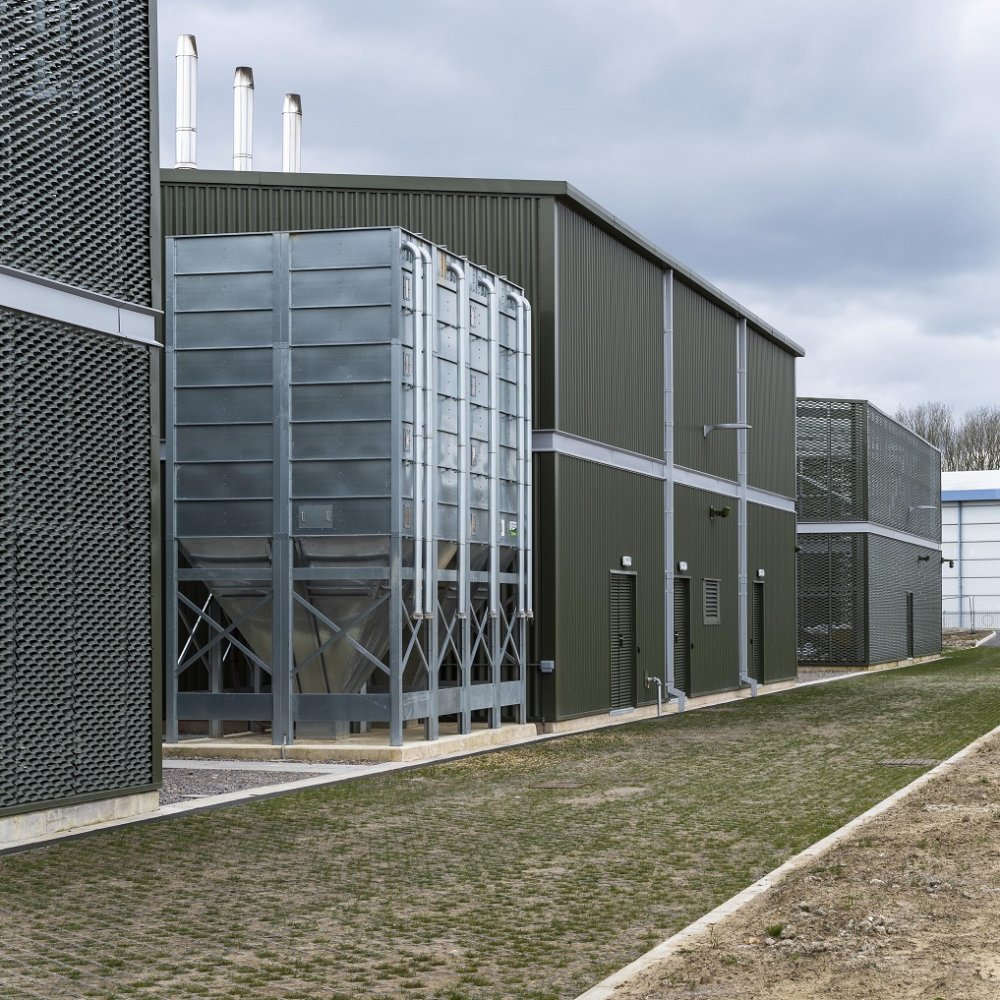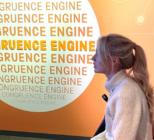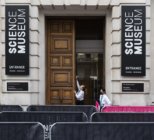The first of over 300,000 objects are now in situ at the National Collections Centre, with the herculean task of studying, recording, photographing, digitising, packing and transporting the rest still lying ahead.
The main building, bordered by 30 hectares of native woodlands and one of the UK’s largest solar farms, measures around 27,000m² and contains 30,000 metres of shelving which will gradually be filled over the coming years.


Conservation laboratories, research areas and photography studios are also housed within the vast structure that has been established to provide the stable environmental conditions needed for the long-term preservation and care of the internationally significant collection.
Culture minister Caroline Dinenage describes the £150 million move from London to Wiltshire as an “important step in making collections future-proof”, adding that the “cutting edge storage facilities” will help to “ensure these important objects are preserved for future generations to learn from and enjoy”.
Green shoots
The new storage facility is now the museum group’s most energy efficient building, with its so-called ‘fabric first’ approach yielding high insulation levels and an airtight design that facilitates precise environmental controls and minimal energy use.

Even with this lower need for conventional power, solar photovoltaic panels have been installed to contribute to the facility’s electricity needs. A loading bay airlock, limited access points and smart LED lighting have further reduced the site’s energy usage.
As the storage facility is gradually populated, the transportation of items from Blythe House in London will also have sustainability considered at every stage. Packing materials will be kept to a minimum and reused wherever possible, with vehicle loads maximised and pre-planned routes in place to ensure fuel efficiency.

Reinforcing this green approach, dedicated electric car charging points have been installed on-site to encourage more sustainable transport methods. Hydrogen-powered and electric vehicles are also already in use at the National Collections Centre.
Even the access roads and service yard on which these vehicles travel boast ecological credentials, having been made with recycled plastic road materials and grasscrete.
Aside from lowering the site’s carbon footprint, this also delivers better drainage – contributing to the capture of rainwater to help create a large wetland area encircled by Clouts Wood, a Site of Special Scientific Interest.

Public prioritised
Jonathan Newby, Science Museum Group’s acting director and chief executive, says he “cannot wait for 2024, when Wiltshire residents and people across the UK can explore this incredible collection” in a move he believes will “revolutionise public access to one of the most significant scientific collections in the world”.
Once fully operational the site will enable visitors to directly experience more Science Museum artefacts than ever before.

Special delivery
The very first raft of objects moved to the centre include:
- A model of the influenza virus (magnified 5 million times) made for William Graeme Laver, a virologist working on an influenza treatment
- A toy duck used by scientists to identify landing sites on a comet for the European Space Agency’s Rosetta mission
- Lancets presented to vaccination pioneer Edward Jenner
- Spectacles created by Snapchat
- A Thomas the Tank Engine toy, made nearby the facility in Swindon
Hundreds of larger historic objects are also already at the National Collections Centre, including an inert Polaris missile, a revolutionary Leyland Titan double decker bus and a record-breaking balloon gondola used to study the stratosphere – all of which will be accessible to the public.
Those keen to see more of the collection prior to 2024 can already access an ever-growing array of items courtesy of Science Museum Group’s fast paced digitisation efforts.
Around 120,000 historic objects can already be accessed online, with hundreds more being added on a monthly basis as the migration continues.
Offering a unique visitor experience is of paramount importance, even before the new facility can begin its planned in-person tours.
By visiting the Never Been Seen website, members of the public are currently being offered the chance to engage with items never before placed on display – an initiative aiming to whet potential visitors’ appetites with a glimpse of what will lie behind the National Collections Centre’s well-insulated walls in 2024.










